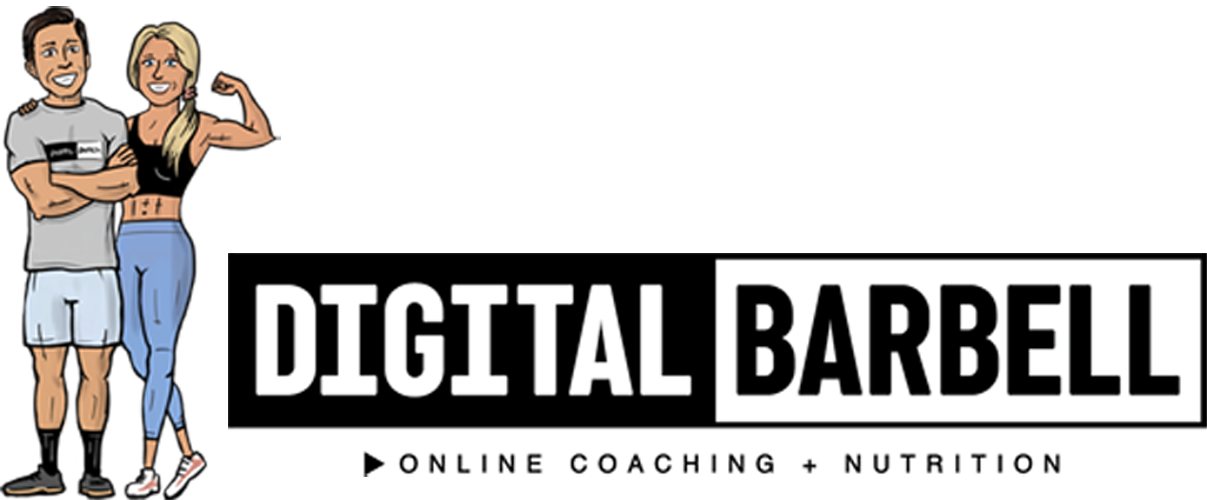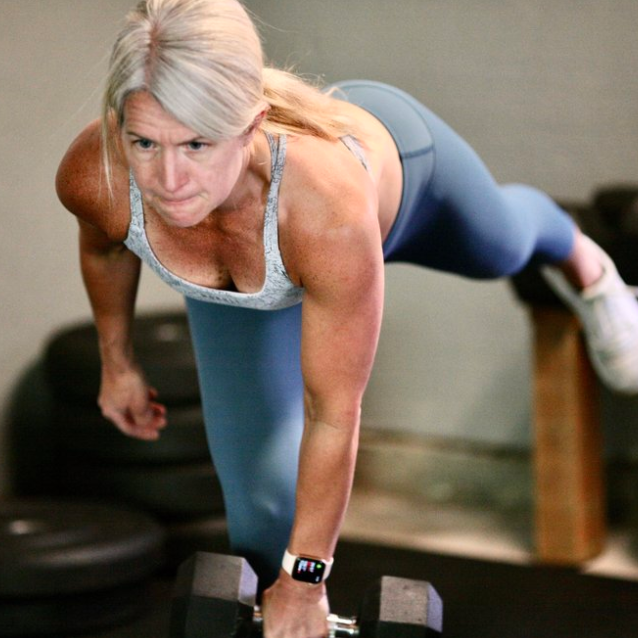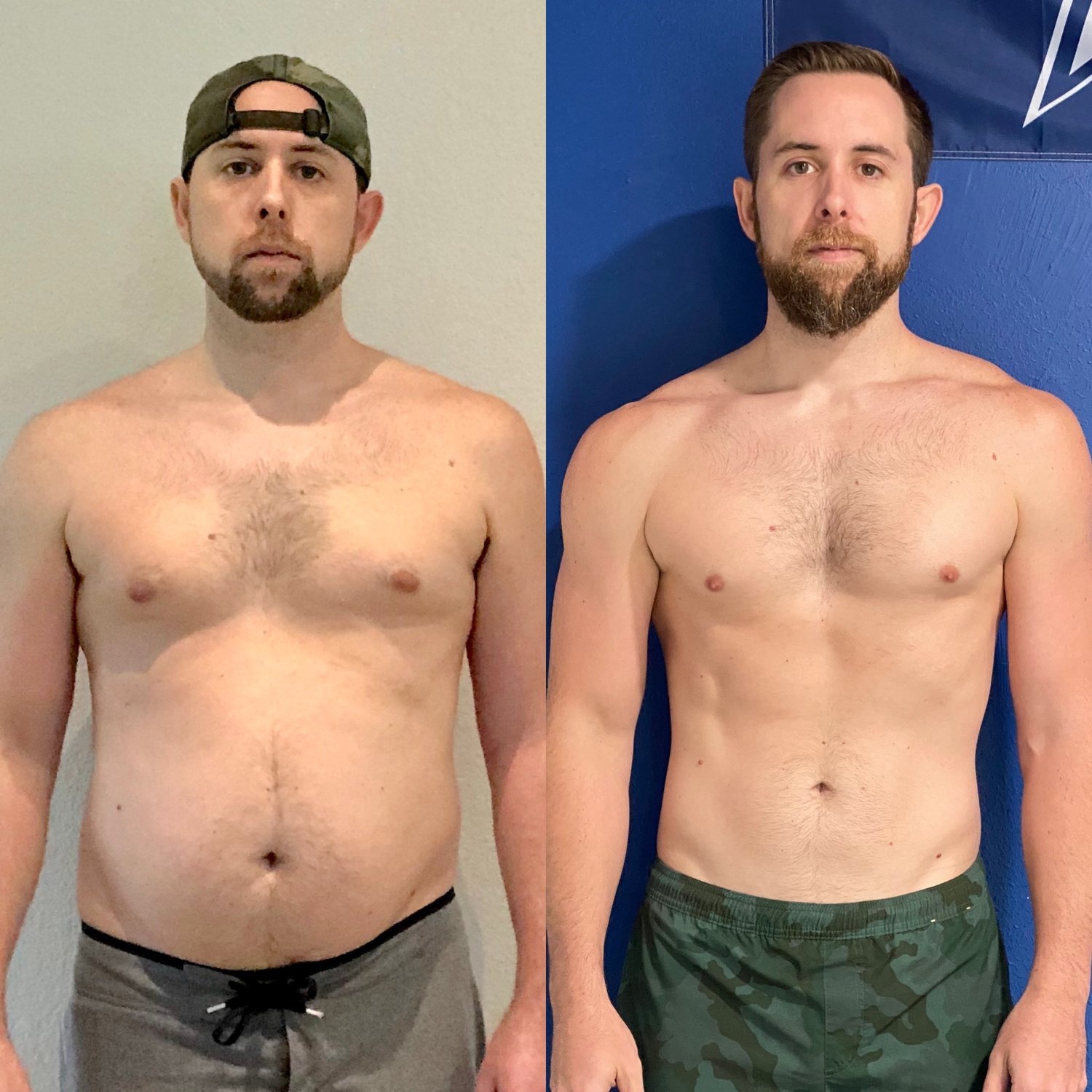4 Reasons You’re Not Getting Stronger (and how to fix them)
You’re lifting weights, breaking a sweat, and even feeling sore the next day—but your strength isn’t really improving.
If that sounds familiar, chances are you’re making one (or all) of these three common mistakes. The good news? Once you fix them, your strength gains will take off.
Before we begin… Do you work out but not really look like it? It’s frustrating, right?
To fix the problem you’ve probably tried:
Doing more workouts
Switching programs
Adding extra cardio like running and biking
Cutting out carbs
Eating cleaner
Burning more calories
Getting more steps
Eating less calories
None of it has worked, and we know why.
We’ve coached hundreds of people over the last 13 years, and we’ve identified the 10 reasons why you’re working out but don’t look like it. We’ll email you every day for 10 days telling you why what you’ve done hasn’t worked, and what to do instead.
Just click the button below and we’ll get started!
Ok, back to it…
How Does Strength Gain Work?
Before we dive into what’s holding you back, let’s get clear on how strength actually works.
Strength isn’t just about getting bigger muscles. It’s a combination of two key factors:
Muscle fibers adapting to handle more stress (hypertrophy, a.k.a. muscle growth)
Your central nervous system (CNS) getting better at recruiting those muscles efficiently (neuromuscular adaptation)
Think of your muscles like a team of available workers in a factory. When you first start lifting weights, only a few of them show up for the job. But as you train more often, your nervous system learns to call in more and more workers, and the ones already on duty become more efficient. That’s why, in the beginning, you can get stronger without your muscles getting noticeably bigger—it’s your body learning how to use what it’s already got.
But what happens when you hit a plateau? Let’s break down the three biggest mistakes keeping you from getting stronger.
What Causes A Strength Plateau?
Mistake #1: You’re Just Exercising, Not Training
A lot of people think they’re “lifting weights,” but what they’re actually doing is just exercising. Let me explain.
Exercising is random. It’s doing something that gets your heart rate up and makes you sweat. And that’s fine if you just want to burn some calories and improve your health. Training, on the other hand, follows a structured plan designed to systematically improve strength and build muscle over time.
Want Better Results?
Start training, not just exercising
How to Know If You’re Exercising Instead of Training:
Are you going to a group class that has you doing something different every day?
Do you enter the gym with a clear plan, or are you just picking exercises that sound good as you go?
Have you been lifting the same weights for months without making progress?
Are you focused more on “feeling the burn” or getting sore than hitting measurable strength goals?
If your workouts are random and lack structure, you’re likely not building strength efficiently. Solution? Follow a structured program with progressive overload.
It’s your lucky day because my wife Blakley wrote a free 5-Week Strength and Conditioning Program that you can download for free:
Mistake #2: You’re Not Tracking Your Workouts to Ensure Progressive Overload
Ever feel like you’re doing the same workouts over and over, lifting the same weights, but not getting stronger? That’s because your body adapts to what you do repeatedly. To force it to keep getting stronger, you need to apply progressive overload—gradually increasing weight, reps, or difficulty over time.
Two Main Ways to Use Progressive Overload:
Linear progression: Add weight each time you do an exercise. (E.g., Bench press 135 lbs this week, 140 lbs next week.)
Double progression: Increase reps first, then weight. (E.g., Bench 135 lbs for 8 reps, then push for 9-10 reps before increasing weight.)
The key that most people is that you need to track your workouts. If you don’t know what you did last week, how do you know what to improve this week?
Progressive Overload In Action
I was able to do 3 more reps at the same weight 1 week later
Mistake #3: You Have Too Much Variety in Your Program
Variety is great when picking a show on Netflix or hitting a buffet—but not when building strength. If you constantly change exercises every week, your body never gets a chance to improve at them.
Strength training is partly a skill. Your nervous system needs practice to get efficient at a movement. If you’re always switching things up, you’re staying in the beginner phase forever.
If you’ve heard that you need to “confuse” your muscles or keep them guessing, that’s a myth.
The Fix: Stick With These Key Lifts
Squats
Deadlifts
Bench presses
Overhead presses
Rows
Yes, you can and should do accessory exercises, but real strength is built by repeating and progressing the basics.
Mistake #4: You’re Not Training Enough
If you’re new to lifting, you have a golden window called newbie gains—a period where your body is primed to build strength quickly. But if you’re only training once or twice a week, you’re missing out.
Ideal Training Frequency for Strength Gains:
3-4 solid, well-written strength sessions per week is ideal.
Anything less, and you’re not providing enough stimulus for adaptation.
Think of it like learning a new language. Practicing Spanish once a week won’t make you fluent, but consistent effort multiple times per week will. Strength training works the same way.
A Digital Barbell Client Who Took Advantage of Newbie Gains
If you’re frustrated by a lack of progress, check yourself against these common mistakes:
✅ Follow a structured training plan instead of random workouts.
✅ Track your workouts to ensure progressive overload.
✅ Stick with key lifts and master them over time instead of constantly changing things up.
✅ Train often enough to give your body the stimulus it needs.
Now that you know what NOT to do, it’s time to train smarter, track your progress, and stay consistent.
🚀 Want a training plan that takes out all the guesswork?
Check out your Digital Barbell Training Program Options with the button below, and start better results than ever.






